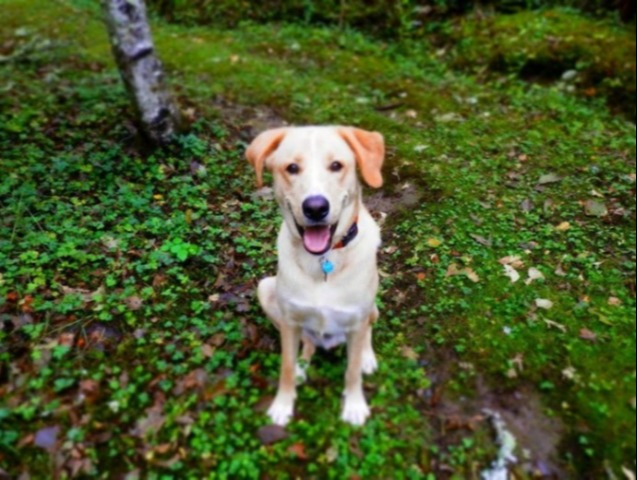Mushroom Toxicity in Dogs
By: Kelli Rascoe / Published April 6, 2020
Dogs aren’t known for their culinary reluctance. They’ll often eat almost anything that’s placed in front of them (unless you have a picky eater)—or even what isn’t given to them. And during the holidays, those foods often contain mushrooms. Whether out in nature, taking a cold-weather hike with your dog, or keeping them safe inside this winter, mushroom toxicity in dogs is something all dog owners should be aware of.
To humans, mushrooms might have a reputation as a healthier food option, but certain types of mushrooms may cause mushroom toxicity in dogs, leading to adverse effects on your furry friends. We sat down with Trupanion veterinarian Dr. Caroline Wilde to learn more about mushroom toxicity in dogs and what to look out for when it comes to keeping your canine companions safe.
What is mushroom toxicity in dogs?
When you think of items that are toxic to your furry friends, during the holidays or otherwise, we don’t naturally think of mushrooms. Wilde explains mushroom toxicity in dogs:
“Certain types of mushrooms can be toxic to dogs. There are many different species of mushrooms. Toxicity and effects vary between mushrooms and species, and depend on the specific toxin consumed. However, the mushroom associated most with toxicity in dogs is the Amanita species, commonly known as the Death Cap.”
Regardless of whether you are a new or seasoned pet owner, unless you are a mushroom enthusiast, it may be hard to know which mushrooms are toxic. If your pet has ingested any type of mushroom, please seek medical care immediately.
How does mushroom toxicity in dogs occur?
Even if you’ve only been a dog owner for one day, you may have already noticed that your furry friend has a way of getting into things they shouldn’t. Ingestion of a substance, like mushrooms, doesn’t always occur at your campsite or on your hiking trail, or in the kitchen—ingestion can occur in your backyard.
“Mushroom toxicity occurs when a dog eats a mushroom that contains a substance that is toxic to dogs. These mushrooms can grow in the backyard, or the wild, and have a strong smell that attracts dogs. Most mushrooms that grow in the wild are not toxic, but those that are can have serious and life-threatening effects on dogs, and ingestion of just one mushroom can be fatal,” states Wilde.
Consider looking out for mushrooms next time you are playing in the yard or walking the dog.
Common signs of mushroom toxicity in dogs
But how do you know if your furry friend is really in jeopardy? Consider the following indications if something more is going on with your pup:
- Severe vomiting
- Severe diarrhea
- Lack of appetite
In addition, clinical signs of mushroom toxicity in dogs depend on the specific mushroom ingested, and generally occur 6-12 hours after ingestion, states Wilde. Because of this, if your pet is experiencing gastrointestinal issues, please seek veterinary care immediately.
Trupanion claims related to mushroom toxicity in dogs
The average claimed amount with Trupanion for mushroom toxicity in dogs is $365.40. But the highest claim for this condition was for a Great Dane and totaled $18,301—and the Trupanion policy paid $16,354! With 676 pets affected and over 1,000 claims for this medical condition, mushroom toxicity in dogs is all too common.
Treatment plans
Treatment plans are essential for the health of your dog. Wilde weighs in on the importance of treatment and the best course of action when dealing with mushroom ingestion:
“If your dog eats a mushroom, assume that it’s toxic until informed otherwise by your veterinarian.




